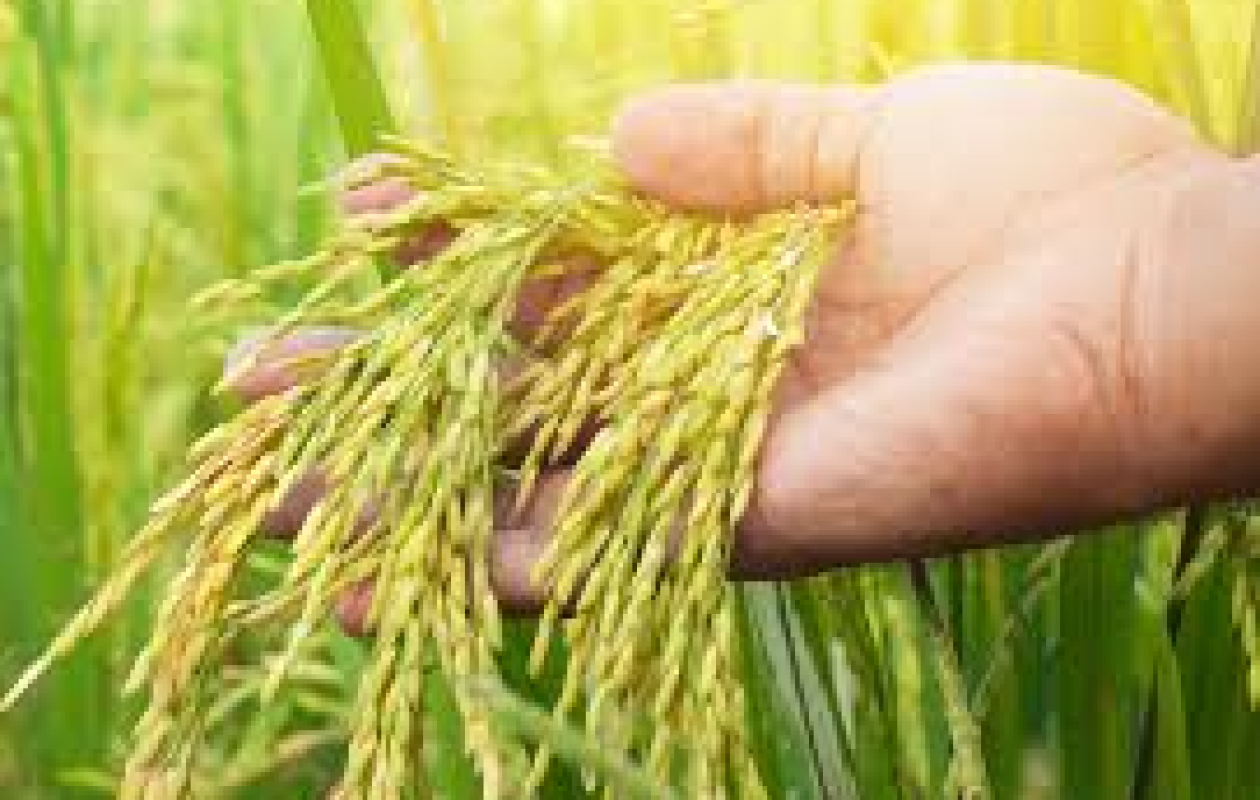Tags
Only 30% of Punjab’s land suitable for rice but 64% is under crop: study calls for critical review.
Punjab grows rice on over 32 lakh hectares (64 per cent of the state’s total geographical area). However, a study by Punjab Agricultural University (PAU), Ludhiana, reveals a contrasting reality: no more than 30 per cent of the state’s geographical area (15.28 lakh hectares) is suitable for intensive crops like rice, suggesting the state needs […]
Written by Anju Agnihotri Chaba.

Punjab grows rice on over 32 lakh hectares (64 per cent of the state’s total geographical area). However, a study by Punjab Agricultural University (PAU), Ludhiana, reveals a contrasting reality: no more than 30 per cent of the state’s geographical area (15.28 lakh hectares) is suitable for intensive crops like rice, suggesting the state needs to reduce rice cultivation by more than half.
The overproduction of rice has not only strained water resources but has also contributed to long-term soil degradation, further compromising the state’s agricultural productivity.
The study, “Agro-Eco-Resource Zonation (AERZ) for Sustainable Agriculture using Geographic Information Systems (GIS) and Analytical Hierarchy Process (AHP) Techniques in Indian Punjab”, was published in the Theoretical and Applied Climatology journal and conducted by Dr Prabhjyot Kaur, Principal Scientist at the Department of Climate Change and Agricultural Meteorology at PAU, along with Dr Samanpreet Kaur, Principal Scientist at the Department of Soil and Water Engineering, Dr BB Vashisht, Principal Scientist, and Dr Harsimran Kaur, Assistant Professor at the Department of Soil Science, Abhishek Dhir, PhD Scholar at the Department of Climate Change and Agricultural Metrology. The study data comes amid growing concerns about the future of Punjab’s agriculture, often called the “food bowl” of India.
One of the most fertile and productive agricultural states in India, Punjab is facing increasing challenges in sustaining its rice farming practices. Previous reports, too, have suggested reducing the area under rice cultivation by at least one million hectares or more. The Central Ground Water Board (CGWB), too, suggested reducing the area under rice cultivation to less than two million hectares.
The researchers used advanced GIS and AHP techniques to map the land suitability for various crops in the state. By assessing key factors such as temperature, rainfall, soil composition (including organic carbon, pH, and texture), and groundwater depth and fluctuations, they determined the best land-use strategies for different crops. These insights are crucial to optimise crop selection, improve yields and ensure sustainable farming practices in Punjab’s diverse agricultural environment.
In Punjab, crops are cultivated on over 41 lakh hectares, of which slightly more than 36 lakh hectares are used for agricultural crops, and nearly 5 lakh hectares are dedicated to horticultural crops such as fruits and vegetables.
During the Rabi season, wheat is grown on 35 lakh hectares out of the 36 lakh hectares (97 per cent of crops and 69.4 per cent of the state’s total geographical area). In the Kharif season, paddy (non-basmati) and Basmati rice are grown on 32.44 lakh hectares, out of the 36 lakh hectares (90 per cent of land under crops and 64 per cent of the state’s total geographical area).
For the study, the PAU researchers divided the state’s total geographical area into four agroecological zones, each with distinct land-use characteristics and suitability for different crops.
Zone 1, covering around 356 sq km (0.7 per cent), is suitable for crops such as pearl millet, gram, groundnut, and barley.
Zone 2, covering 9,725.8 sq km (19.3 per cent), is ideal for crops such as maize, wheat, oilseeds, ragi, pulses, soybean, and sunflower.
Zone 3, covering 24,990.8 sq km (49.6 per cent), supports crops such as maize, cotton, wheat, oilseeds, brassica, flowers, pulses and vegetables.
Zone 4, covering 15,288.9 sq km (30.4 per cent), supports crops like rice, Basmati rice, wheat, maize, and vegetables.
Traditionally, farmers in Punjab have used a variety of cropping patterns, including maize-wheat, sugarcane-maize-wheat, cotton-wheat, and Basmati rice-wheat/oilseed-brassica rotations. However, over the past two decades, there has been a significant shift towards a more uniform rice-wheat cropping pattern. This change has led to an exceptionally high cropping intensity in the state, reaching 190 per cent. Though the increased intensity led to higher productivity, it significantly impacted the state’s agricultural sustainability, according to the study.
Experts have echoed the findings of this study, calling for a critical review of the state’s farming policies.
“Sustainability must be at the forefront of our agricultural planning,” Dr Prabhjyot Kaur says. “We need to educate farmers about the suitability of their land for different crops and provide them with better alternatives for sustainable farming while limiting rice cultivation to just 30 per cent of the state’s area with the support from the government, which can formulate such policies.”
Achieving sustainability in Punjab’s agriculture depends on careful crop zoning based on agroecological resources. As the study suggests, precise planning using AERZ and GIS technologies will not only enhance crop yields but also ensure the state’s agriculture remains viable in the long term.
Dr Kaur emphasised that different zones in Punjab experience varying rainfall (from 165 mm to 2,000 mm) and climate conditions, ranging from humid to cold-arid. “The state also has diverse soils, from hill soils to desert-like soils, meaning one or two types of crops cannot be grown everywhere. Each zone has its specific suitability for growing different crops based on climatic and other agricultural conditions,” Dr Kaur added.
https://indianexpress.com/article/cities/chandigarh/punjab-land-rice-crop-study-critical-review-cultivation-9941349/
Published Date: April 13, 2025






